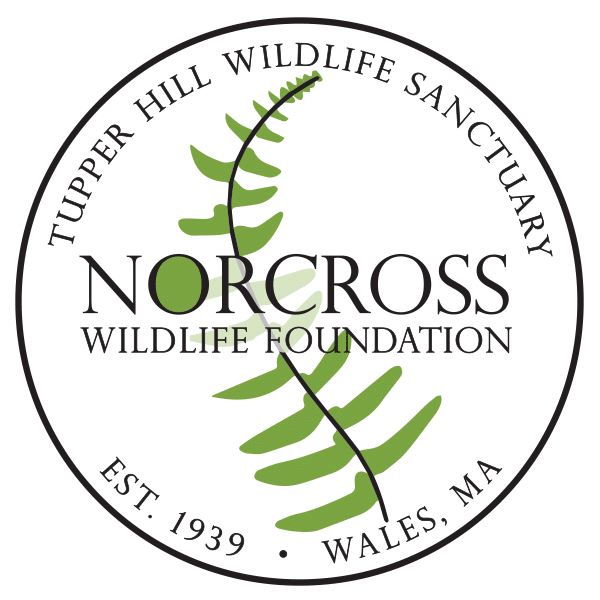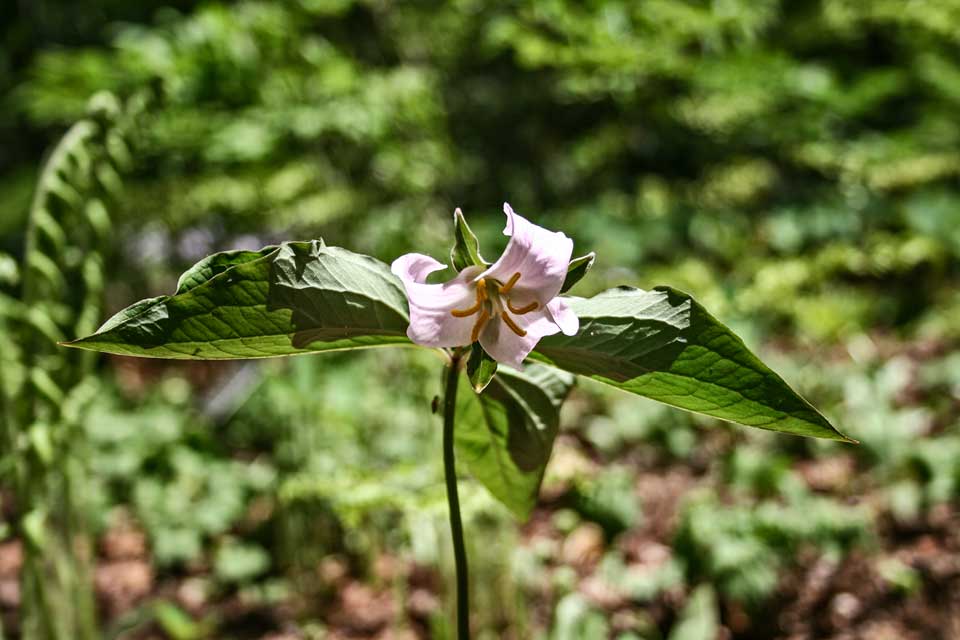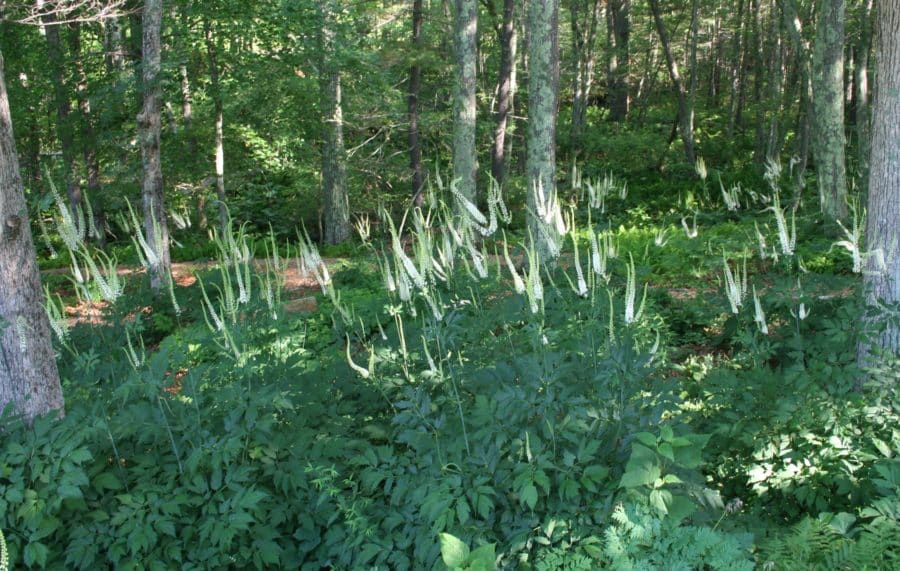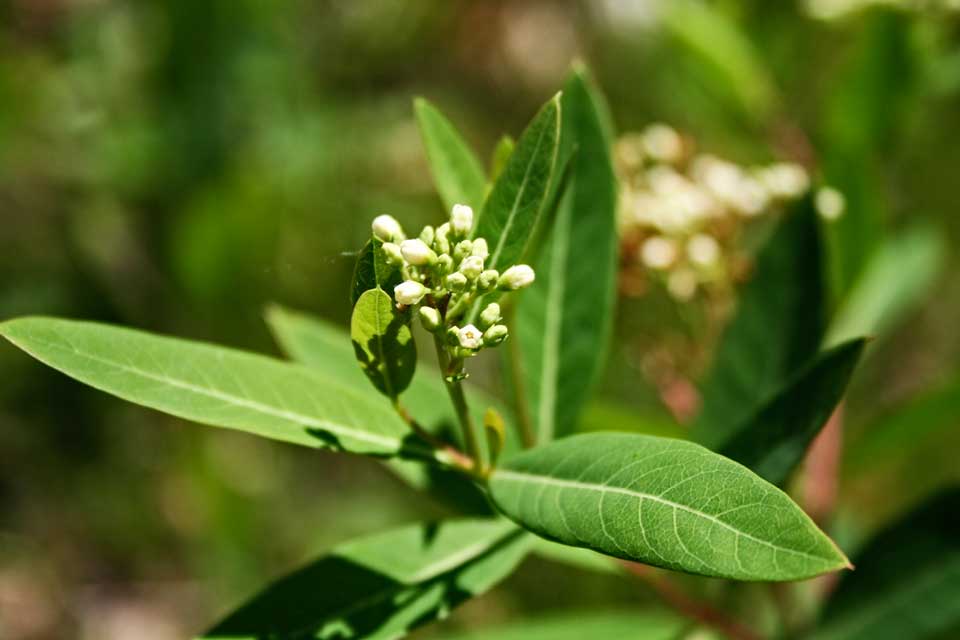This week there was an announcement from NASA that there is more lawn in the United States than irrigated corn. Lawn is important to our way of life, we use it for sports fields, picnic areas, the town common, parks and just to sit in our back yards. My own lawn has a lot of weeds but it is usually green and functions like an average back yard. My lawn is like most lawns right now – a little dry and crunchy. Lawns tend to require a lot of water to look good all the time. Usually, when we refer to lawns and lawn grass we call it turf. Turf is usually composed of several species of grass that grow best in cool weather and like to be mowed.
There is another kind of grass out there. Actually, there are MANY kinds of grass out there. There are over 130 genera of grass, some of these have 10 or more species. When we talk about ALL grasses, they cover over one-third of our earth and include prairies, meadows, pastures, plains, cultivated fields and salt marshes. Grasses are a very important component of not only our lives, but also of habitat.
Grass provides food for our pasture animals as well as for many kinds of wildlife. In spring, some birds will use grasslands as nesting sites, migrating song birds eat the oil-rich seeds of native warm-season grasses to get energy for their long flight in fall. Several species of butterflies use grasses as a larval food source and to hide in from predators. Other insects use grass for food and shelter as well. Mammals forage on grass and use it as shelter when it is tall.
Right now some of my favorite grasses are blooming and are at their peak. Little bluestem, switch grass and big bluestem are all warm season grasses. In spring these grasses stay low and form clumps, they reach maturity in the summer when they grow taller and flower. Their flowers can be an unusual color or form that makes it attractive in the landscape. Here at Norcross you can see some of these native, warm-season grasses in their summer glory right now.



